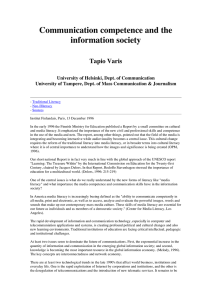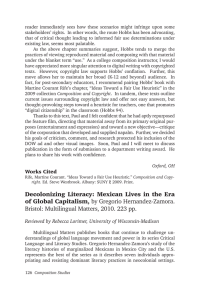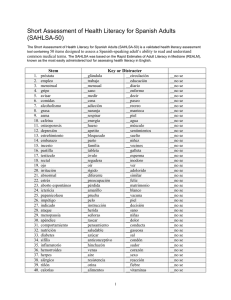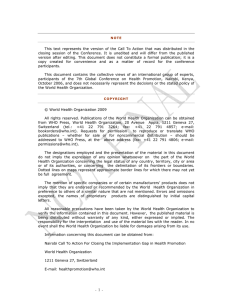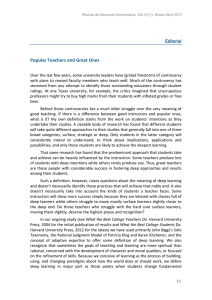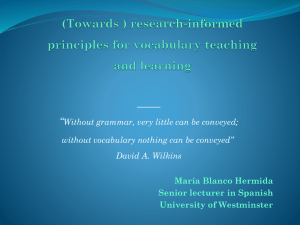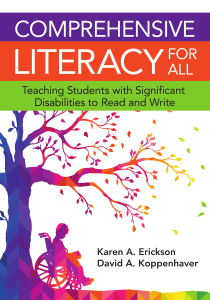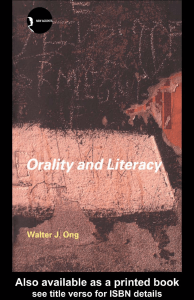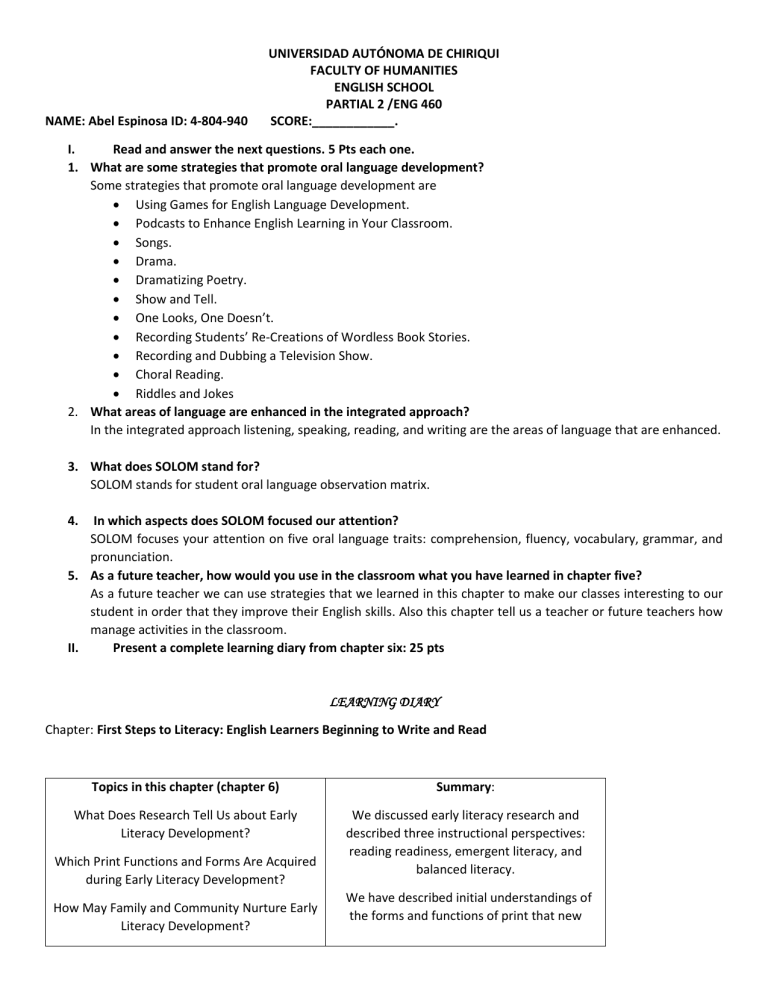
NAME: Abel Espinosa ID: 4-804-940 UNIVERSIDAD AUTÓNOMA DE CHIRIQUI FACULTY OF HUMANITIES ENGLISH SCHOOL PARTIAL 2 /ENG 460 SCORE:____________. I. Read and answer the next questions. 5 Pts each one. 1. What are some strategies that promote oral language development? Some strategies that promote oral language development are Using Games for English Language Development. Podcasts to Enhance English Learning in Your Classroom. Songs. Drama. Dramatizing Poetry. Show and Tell. One Looks, One Doesn’t. Recording Students’ Re-Creations of Wordless Book Stories. Recording and Dubbing a Television Show. Choral Reading. Riddles and Jokes 2. What areas of language are enhanced in the integrated approach? In the integrated approach listening, speaking, reading, and writing are the areas of language that are enhanced. 3. What does SOLOM stand for? SOLOM stands for student oral language observation matrix. 4. In which aspects does SOLOM focused our attention? SOLOM focuses your attention on five oral language traits: comprehension, fluency, vocabulary, grammar, and pronunciation. 5. As a future teacher, how would you use in the classroom what you have learned in chapter five? As a future teacher we can use strategies that we learned in this chapter to make our classes interesting to our student in order that they improve their English skills. Also this chapter tell us a teacher or future teachers how manage activities in the classroom. II. Present a complete learning diary from chapter six: 25 pts LEARNING DIARY Chapter: First Steps to Literacy: English Learners Beginning to Write and Read Topics in this chapter (chapter 6) Summary: What Does Research Tell Us about Early Literacy Development? We discussed early literacy research and described three instructional perspectives: reading readiness, emergent literacy, and balanced literacy. Which Print Functions and Forms Are Acquired during Early Literacy Development? How May Family and Community Nurture Early Literacy Development? We have described initial understandings of the forms and functions of print that new How May English Learners’ Early Literacy Development Be Assessed? Which Classroom Strategies Promote Early Literacy Development? How May Early Literacy Instruction Be Differentiated for English Learners? students of the written word must develop, regardless of age. We focused on current efforts to build stronger ties between families and schools, including descriptions of programs that help parents of English learners learn English themselves. We proposed various strategies for developing early reading and writing and proposed several ways to assess and document early literacy. We discussed differentiated instruction for young students and provided example lessons to illustrate how to do this. Significative Learning: For all learners, literacy development is a complex process that takes place over a lengthy period during which they gradually approximate mature versions of reading and writing. In both reading and writing, all students must learn the forms of print, including letters and other symbols; and how these are sequenced into words, sentences, and paragraphs to create letters, stories, recipes, and other forms of written communication. English learners’ ability to perceive and produce English speech sounds, depending on the extent of their English language proficiency. When communication functions become clear, students perceive the benefits of their hard work in literacy learning. In this section, we discuss ways to highlight literacy functions and forms to promote early writing and reading development. Cultural differences may also impede the school relationships you wish to achieve, if parents’ prior experiences with schools were minimal or if their school experiences emphasized separate, autonomous roles for home and school. Self- Critical Evaluation After I read this chapter is very important to take in consideration what are the areas in which English literacy is focused about each learner. As a future teacher we have to take in mind that our classroom must be adapted to new ways of teaching taking in consideration the variables that we study in this chapter 6.

